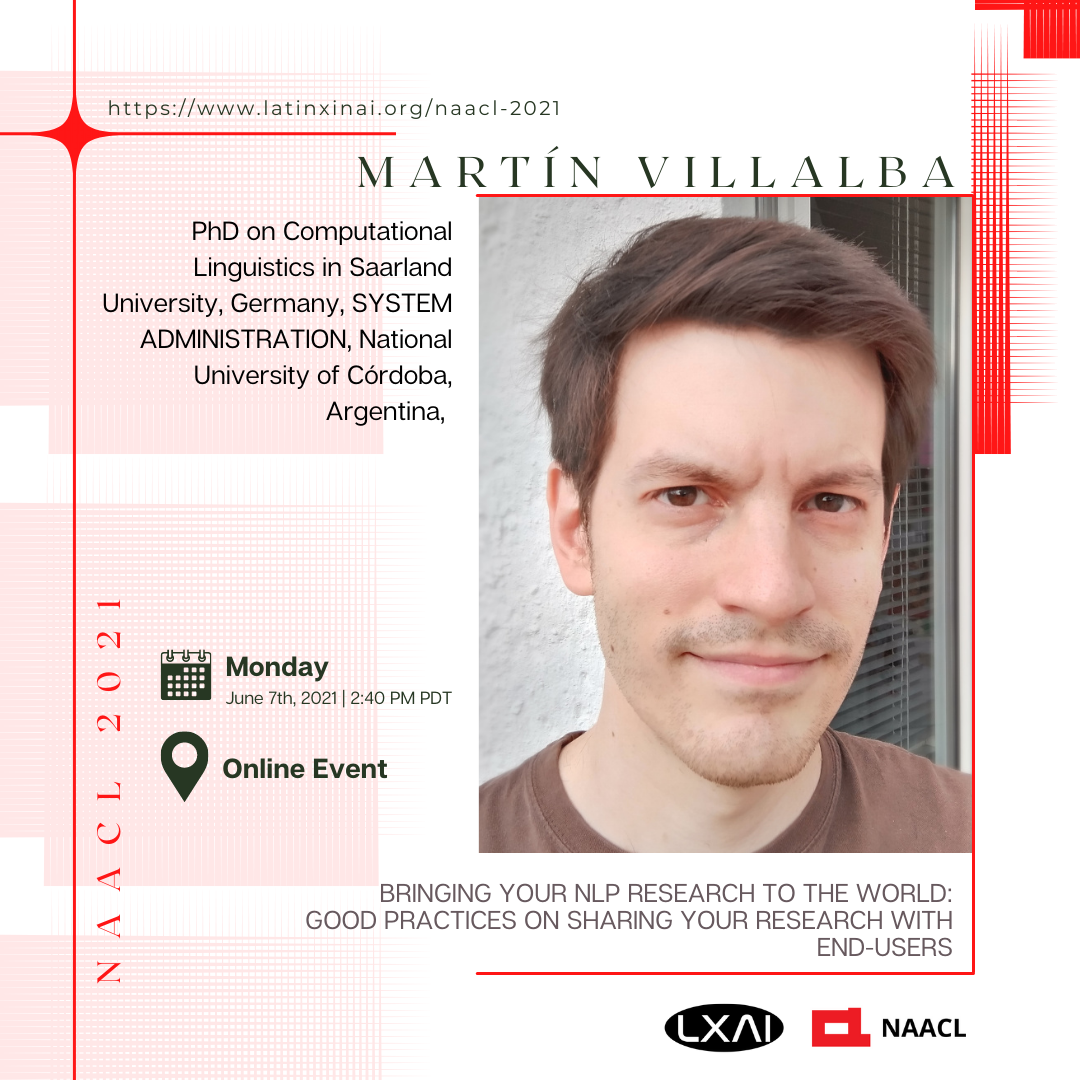My WIP: unsignedch.ar
I have been too busy to blog the last month and a half, so I thought I'd take a bit of time to talk about my new project, unsignedch.ar.
Ever since I started taking care of this server I have been worried about the projects I host here - the more scripting languages I install, the higher the chances that someone will find a vulnerability and use my server for mining cryptocurrencies.
Therefore, I have started a new side-project: a new server where I will host all of my coding experiments, knowing full well that I can reinstall the whole thing whenever needed.
The server is currently under construction, but if you're interested in a sneak peak you can access my current draft of a git tutorial following this link. If you have comments on that draft, feel free to reach out to me.
Polar coordinates and circular layouts
Here's a "trick" that has saved me a lot of time and that plenty people have never learned.
As those with graphics experience probably know, when you draw something in a
computer screen you need to give the x and y Cartesian
coordinates where
your object will be drawn. This makes drawing squares easy but, on the other
hand, makes circular layouts difficult.
This is where polar
coordinates come to
the rescue. The idea is simple: instead of giving the coordinates of an object
as a combination of x and y, you give its position as a combination of a
radius (that is, the distance to the center of your graphic) and an angle.
This is super convenient for several reasons:
- Making a circular layout is really easy - all you need to do is increase
the angle value while keeping the radius constant. If you want to draw 10
circles, all you do is increase your angle in increments of
360°/10 = 36° degrees(which, for polar coordinates, translates to an angle of2*Pi/10radians). - Drawing a spiral is also easy - all you need to do is increase the radius at every step.
- The equations for going from Cartesian coordinates to polar coordinates and back are trivial.
Here's a Python function that draws num_circles around a middle point with a
distance of radius to said middle point:
import math
# Gray circle in SVG format
circle_string = '<circle cx="{}" cy="{}" r="10" fill="gray" />'
def draw_circles(middle_x, middle_y, num_circles, radius):
""" Draws `num_circles` circles around the (circle_x, circle_y) point.
The circles distance to the center is `radius`.
Parameters
----------
middle_x : int
Horizontal coordinates (in pixels) of the center of your graph.
middle_y : int
Vertical coordinates (in pixels) of the center of your graph.
num_circles : int
How many circles will be drawn.
radius : int
Distance (in pixels) from every circle to the center of your graph.
"""
angle_delta = (2*math.pi) / num_circles
for step in range(num_circles):
angle = step * angle_delta
# Equations to turn polar coordinates into Cartesian
x = middle_x + (radius * math.cos(angle))
y = middle_y * (radius * math.cos(angle))
print(circle_string.format(x, y))
Polar coordinates have also helped me in a 2D car racing game I never finished. By storing polar coordinates for my car, I could save a lot of work:
- The direction of the front wheels is stored as an angle - steering is as easy as increasing or decreasing this value.
- When drawing the sprite on screen I simply take the base sprite and rotate it by the same angle mentioned above. Now my car is looking in the direction of movement.
- The acceleration is the radius. Accelerating is as easy as increasing this one value.
- To move my car one frame all I need is to convert the angle and radius to Cartesian coordinates and sum them to the current position of the car.
This is one of my favorite graphics tricks, along with the equations for turning 3D coordinates into 2D. Problems requiring these solutions don't come up every day, but when they do you'll be really happy about knowing them.
Good practices on sharing your research with end users
So, this is a thing that happened:

I was invited to give a talk to the Social event organized by LatinX in AI during the NAACL 2021 conference.
I talked about best practices for publishing your code on the internet for everyone to see, starting from how to collaborate with your future self (aka "please write comments"), with scientists, with nice APIs who will do the web design for you, and finally directly with final users. I have published the slides in this PDF, and will publish the video (or even better, a transcription) as soon as I get my hands on it.
Update July 11th: the presentation with notes is now available here.
